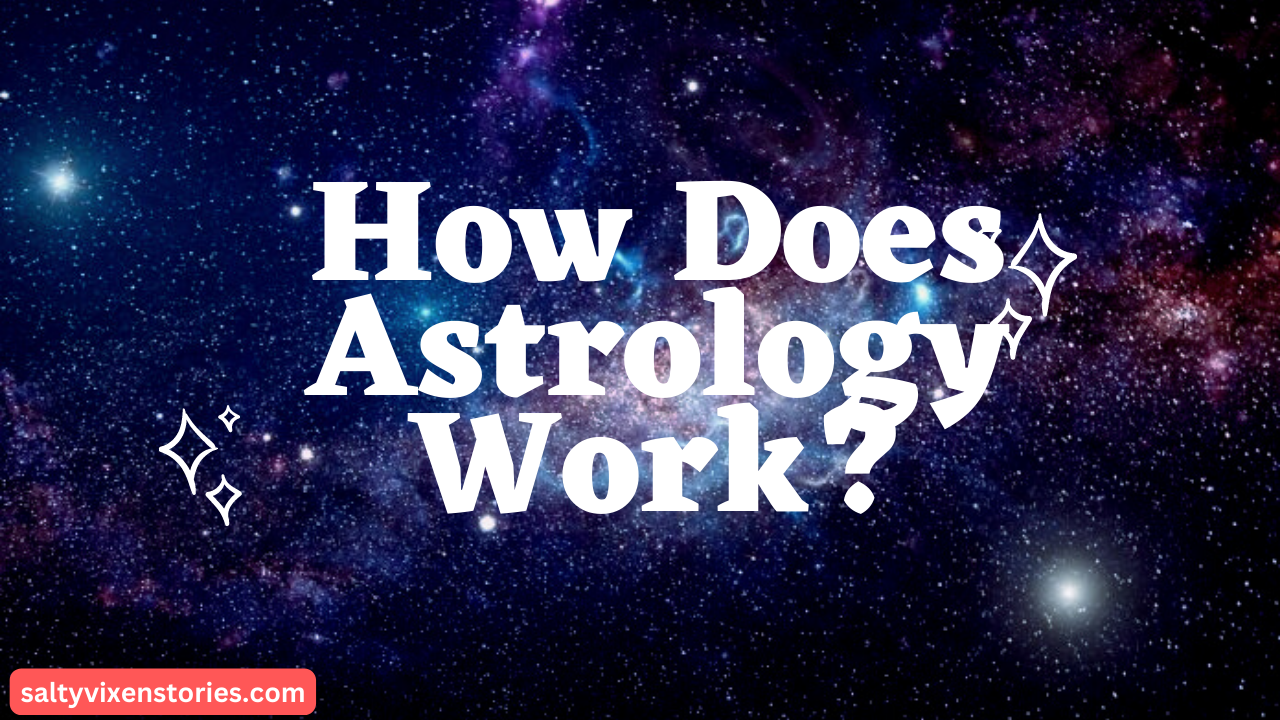How does Astrology Work? Here is a simple answer 🙂
A Moment in Time:
Imagine if we could see the entire sky around us: above the earth, below it, and all angles, unobstructed. An astrology chart is essentially a map of the sky as a full circle all around the Earth, with us in the very center of that map. It shows where the planets in our solar system, the Sun, and the Moon were in relation to us on Earth at any chosen moment in time. Earth is not depicted in an astrology chart because it is our viewpoint so we cannot see it out there in the sky since we are standing on it.
You can choose any moment of time you wish and “cast a chart” to see where all the planets were at that moment, which his, to create the sky map. One of the most common reasons to cast a chart is for the birth of a person, otherwise known as a natal or birth chart. A natal chart, when read by an astrologer who knows how to interpret all the symbols in the chart, can give you information about the person’s life lessons and life purpose, as well their spiritual, emotional, mental, social, and physical needs. You can get useful and personally relevant information to common questions people ask about their life, such as What career is best suited to me? What sort of person is best for me romantically? and Why am I here?
Casting your chart:
To find out where the heavenly bodies were at the time of one’s birth, you need to know your full birth date, time, and place of birth, such as June 6th, 1985, 7:09 am, in Albany, New York. With this information an astrologer can see exactly how the planets would have been observed by you, at the moment of your birth and at the exact location on the Earth you were born. You see, astrologically speaking, the world really does revolve around you!
The pieces of the chart:
A natal chart is like a puzzle, much as a human! There are various components that have meaning and those parts fit together with other parts to create a full picture. While it is true that the sum of a whole human spirit is not equal to its personality parts, we can understand the basic human issues we all deal with and break them down into rough categories. Every astrology chart is composed of the same 4 basic pieces: Planets, Signs, Houses, and Aspects. Let’s take a look at understanding each piece as it applies to a birth chart:
What do the planets mean?
The planets are symbols representing basic human needs and urges that we all have. For instance, we all have a need to feel safe and loved. That need we all share is represented by the symbol of the Moon. We all share a need to learn and communicate, which is represented by the symbol of Mercury. There are 10 common planets that astrologers work with: the Sun, the Moon, Mercury, Venus, Mars, Jupiter, Saturn, Uranus, Neptune, and Pluto (yes, most of us still call Pluto a planet!)* Many astrologers include other heavenly bodies, such as some asteroids. We will go more deeply into the planets (and introduce a couple of new components) later in this article.
Twelve pieces of sky:
The signs divided the sky into 12 equal parts and each section of sky has its own meaning. The signs give us the spectrum of the whats, hows and whys. So, if Mercury is how we learn and communicate, then the sign Mercury is in (the section of sky Mercury was in when we were born) would tell us how we like to communicate, what we like to talk about and learn about most, and why we are curious about some things and not others.
For instance, if Mercury is in the sign of Sagittarius, then that person is learning to communicate in a very direct and spontaneous way, and has a hunger to learn about a variety of topics, especially different cultures. By contrast, if Mercury is in the sign of Virgo, then that person is learning to communicate in a very detailed and purposeful way, to get right to the point and make sense of what they observe. They may be most interested in learning about things of a practical and immediately useful nature such as how things work like mechanical objects. There are 12 signs: Aries, Taurus, Gemini, Cancer, Leo, Virgo, Libra, Scorpio, Sagittarius, Capricorn, Aquarius, and Pisces.
The twelves spheres (houses):
The houses are divisions of the basic arenas of life, such as work life, home and family life, relationships, spirituality, etc. They are the stage where we act out our needs and engage with the world. For instance, if Mercury is representative of our learning and communication needs and it is found in our 10th house of career, we may find that we enjoy using our minds and our ability to communicate as the purpose of our work – anything from teaching to public speaking to writing. By contrast, if Mercury were in the 5th house of creativity, we may find that we enjoy communicating for pleasure and self-expression, such as writing novels, poetry, or lyrics.
There are 12 houses, typically named but not limited to: the House of Self (1st), the House of Resources (2nd), the House of Communication and Perception (3rd house), the House of Home and Family (4th), the House of Creativity, Play, and Self-Expression (5th), the House of Work and Health (6th), the House of Relationships (7th), the House of the Inner Psyche and Transformation (8th), the House of Travel, Education, and Religion (9th), the House of Career (10th), the House of Peers and Affiliations (sometimes called Friends, Hopes, and Wishes) (11th), and the House of Spiritual and Transcendent Life (12th).
Planetary dynamics (aspects):
The aspects are the relationships between the planets. The pattern that is created from the way the planets land in a chart sometimes leads to a special relationship between two or more planets. The most common aspect is called the Conjunction and that happens when two or more planets are very close together and can be said they are practically in the same spot. The Opposition is another aspect that happens when two or more planets are in the opposite place as each other. The Conjunction represents a fusion of the two planets, where the two behave as one, uniting and strengthening each other. The Opposition represents tension and push-pull dynamics between the two planets, represented by internal struggle.
For instance, if Mercury, the planet that represents our learning and communication needs, is in Conjunction with the Moon which represents our emotional needs, then it could be said that this person communications by drawing from their current emotional state and their feelings, not just their intellectual opinions, and that they may learn best by making an emotional or subjective connection with data, not just memorizing facts and figures. However, by contrast, if Mercury and the Moon are in Opposition to each other, this can indicate an internal struggle between heart and head, and perhaps a need for the person to work harder to communicate what they feel accurately and effectively. All aspects have advantages and disadvantages. The number of aspects is too numerous to list comprehensively, but the most common aspects are: the Conjunction, the Opposition, the Square, the Trine, and the Sextile.
*Astrologers develop their understanding of the symbols on a constant basis. The times we live in, the culture we live in, and the astronomical discoveries that are made all influence and enrich our understanding of how the astrological symbols speak to us. While astronomers “demoted” Pluto, we use the word planet loosely, simply meaning a heavenly body, which is why the Sun and Moon are referred to as planets, for the sake of convenience (although sometimes you’ll hear them called the “luminaries”).




















